At tails.com we want to help you give your puppy the best start, not only with optimised nutrition but also with training which can be a confusing topic. The basics of good training are to reward the behaviours you desire of your pup, whilst ignoring unwanted behaviours or substituting them for good. Being consistent with commands and having everyone in the household treat the puppy in the exact same way is crucial to prevent the puppy becoming confused about what’s expected. Sounds simple, right? Well it can be tricky to get into that mindset and make it work every time. One of the reasons for this is that we often communicate with our dogs in human language with human reasoning; this doesn’t always translate into how dogs behave and learn in reality.
One of the biggest mistakes we hear about is using punishment and so called ‘dominance theory’ to train dogs. Not only can this damage the bond between you and your puppy, but it can also lead to them being fearful and nervous in future. In general undesirable behaviours do not arise from dogs trying to assert their status or ‘dominance’ but are a direct result of accidentally rewarding the unwanted behaviour by well-meaning but misguided owners.
So, we thought it would be a good idea to give you some real life examples of techniques that allow you to tell your puppy “No!” in a less harmful way, all the while rewarding desirable behaviours that lead to a well behaved, well rounded and perfectly socialised pup. This month we are going to start with a very common behaviour all puppies go through but is important to correct at an early stage; biting and mouthing play. We have a new puppy called Biggie in the tails.com office who has not been told in her previous home that biting play is inappropriate when playing with people, so Kat, her new owner, is currently trying to train her that it is no longer allowed.
Case study 1: Biting play
Scenario: Biggie gets excited during play time chewing or mouthing Kat’s hands, shoes and legs. We need to teach puppies when they leave their litter and become part of our human family that it is never acceptable to put teeth on human skin. This important lesson called bite inhibition prevents dogs playing too rough or being inclined to use snapping or biting as a way of controlling interactions in later life.
Incorrect training: One of Biggie’s previous family members encouraged rough play with their hands; other family members rejected this leading to confusion for Biggie on what is appropriate and allowed. Sometimes biting play was encouraged and rewarded with attention, excitement and further play; other times when Biggie hurt the owner she was punished by being shouted at or tapped on the nose for being too rough. The owner may have told Biggie off by talking to her using lots of words and human reasoning, all the while allowing her to continue mouthing their hands.
Correct training: Everyone in Kat’s household now needs to agree that biting play is unacceptable from the start. Rough play is only allowed with chew toys or tug-of-war games instead. Every time Biggie begins to mouth hands or show biting play towards humans, a consistent and firm (but not alarming/scary) verbal “No”, “Ouch” or “Ah!” command (choose one) is given at the point of skin contact by teeth and attention is completely withdrawn. This includes eye contact, touch or verbal communication for an agreed time (e.g: two minutes). Biggie should quickly associate that every time she makes contact with her teeth play time ends and her new human buddies stop interacting. Biggie isn’t punished but learns that gentle play earns better rewards, therefore will have learned bite inhibition.
Do you want to know more about your dog’s dental health? Read it in this blog: Your dog’s dental health

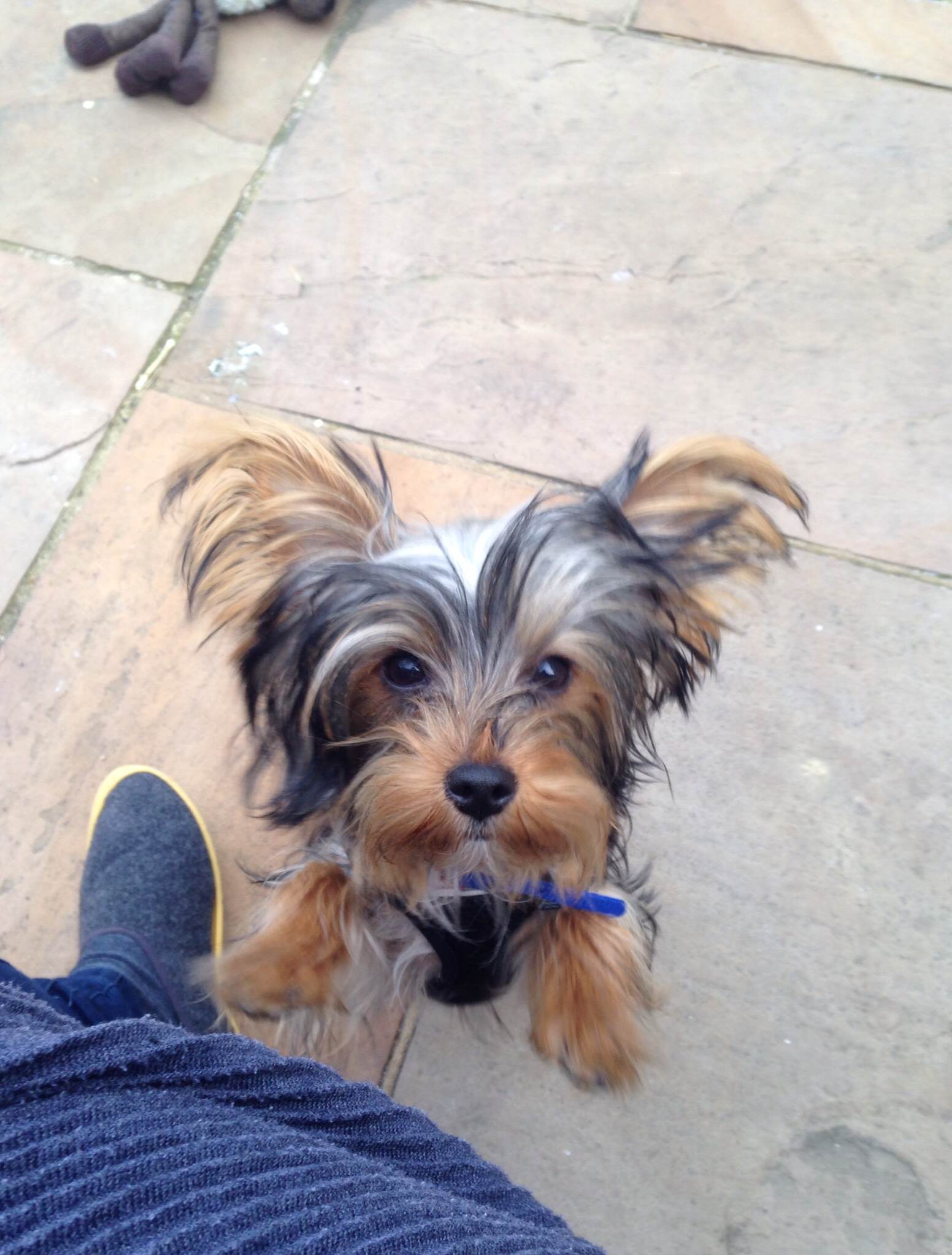
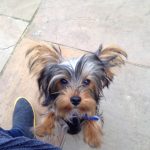
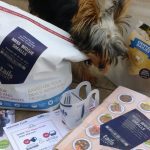

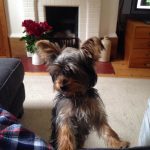
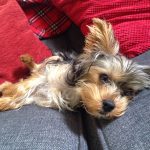
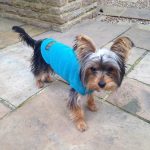
1 thought on “Training your puppy – Part 1: Basic rules & biting play”